Children
Threat To Famine In South Sudan
Published
2 years agoon
By
Nazmeen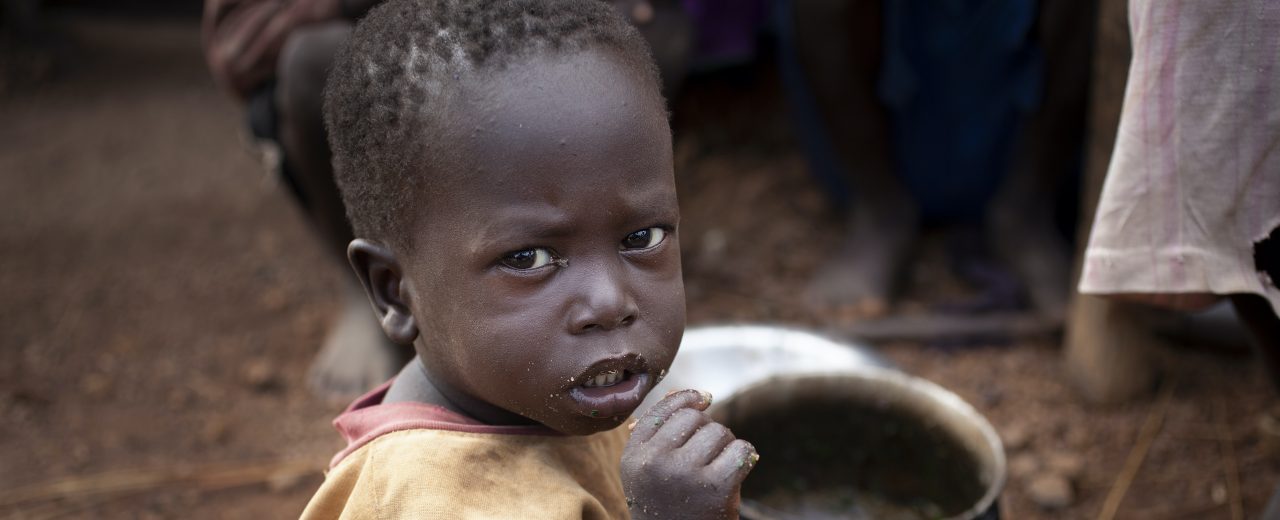

Photo by Abbie Taylor-Smith
Continuous conflicts and climate shocks have left the world’s youngest country as the hungriest and famine seems inevitable.
Also Read: The Egyptian Army in Sudan… What are the Reasons?
“Hundreds of thousands of children are going to sleep hungry every night while their parents are worried sick about how to feed them. A war halfway around the world makes their prospects even worse. This allocation will save lives,” said Martin Griffiths, the UN Emergency Relief Coordinator.
UN humanitarians have warned that South Sudan can face famine in the coming days and requested that urgent action is required by the world community to scale up the aid and actions to address hunger and malnutrition in South Sudan.
Also Read: Global Hunger: 20 countries stand on famine’s door
According to the recent Integrated Food Security Phase Classification (IPC) analysis, more than 62% of the population is going to face severe food shortages during the coming lean season between April and July of 2022.
The World Food Programme (WFP),
The Food and Agriculture Organisation of the United Nations (FAO), and the United Nations Children’s Fund (UNICEF) have all made an appeal to make humanitarian aid to the worst affected areas of South Sudan to save people from the worst hunger deaths and complete livelihood loss.
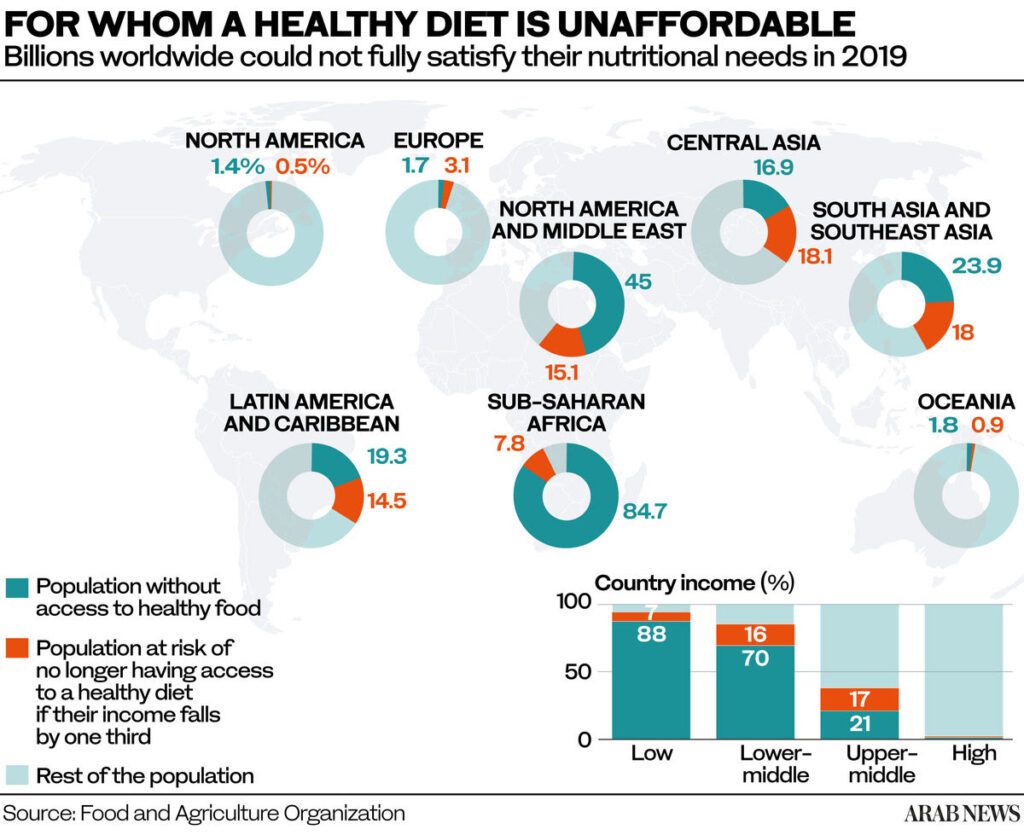

Reasons for Famine in South Sudan
Harsh Climatic Episodes
The country has been facing severe flooding for the last three consecutive years which has increased food insecurity. FAO has advocated for more climate-resilient farming and producing more food to eradicate hunger.
Recurring flooding has destroyed the crops and the ability of farmers to produce food. As a result, imports have increased with food insecurity and rising prices.
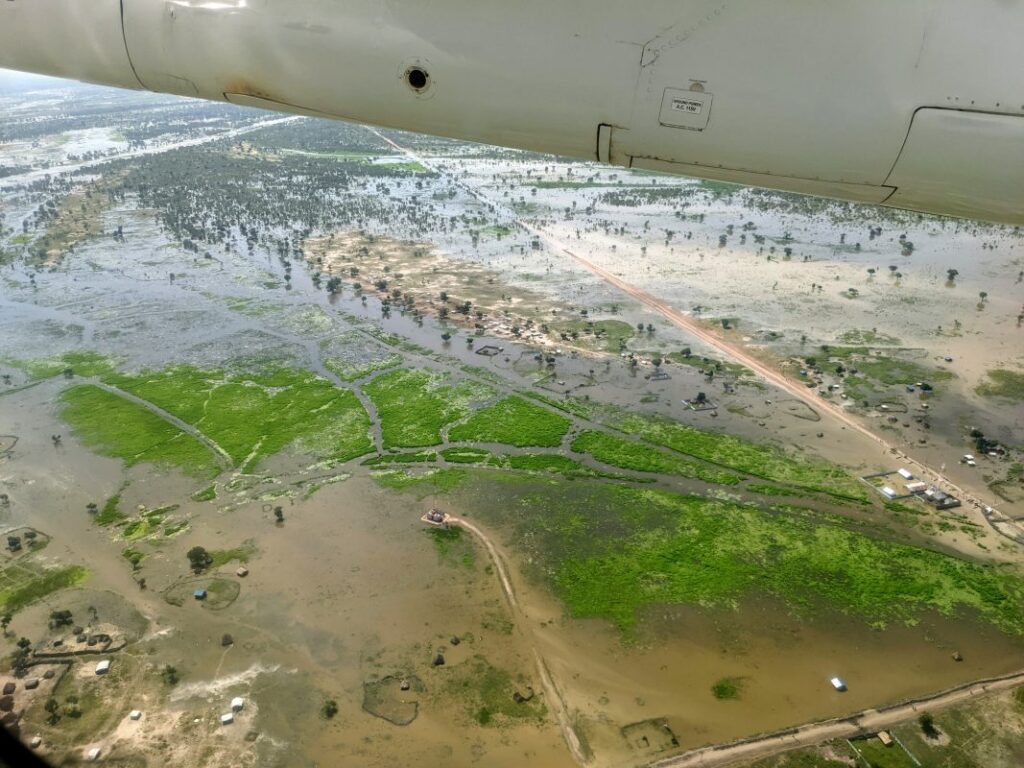

(Photo: Kirk Prichard / Concern Worldwide)
Conflicts
Hunger became both a cause and consequence of the conflicts and communal violence in South Sudan. Agricultural productivity has decreased due to conflicts. As a result cases of poaching and cattle theft increased in the area. This again resulted in tensions and conflicts. The negative environment of clashes also hinders the work of humanitarian groups. Their work remains interrupted for a long period of time.
Also Read: Digital Agriculture to Fight Poverty in Africa
Even people could not reach the help centre to collect humanitarian aid due to fear of violence and insecurity.
The civil war that started in 2013 and ended in 2020 also pushed around two million people to leave their places and become internally displaced and around 2.4 million people to become refugees. It led to widespread deaths and the destruction of properties. People lost their livelihood, lands and livestock.
Russia-Ukraine Crisis
The Russia-Ukraine war is even making the famine situation worse. Food and fuel prices have soared high due to trade restrictions on Russia and transport line disruptions.
Countries of East Africa including South Sudan import around 90% of their food grains from Russia and Ukraine. Hence, the Russian crisis has hit the hardest food insecurity in poor nations of East Africa.
Further, humanitarian aid can be diverted to Europe where the UN estimates that about 12 million people in Ukraine need assistance. As a result, less budget will be left for aid in South Sudan despite the catastrophic situation worsened with inflation.
UN Secretary General Antonio Guterres says “a hurricane of famine” might witness in South Sudan.
Nature of Livelihood and Dependency on Agriculture
Almost 87% of the population depends on agriculture and its cattle stock for its livelihood that creating competition for these scarce resources of agriculture and livestock. Grazing land and water are limited and often a reason for conflicts. Around 90% of agricultural lands are disputed and make up the huge civil cases. Consequently, there is less produce and harvests on these lands which make the farmers unable to produce enough food to remove hunger.
Destruction of farmlands and livestock and resultant displacement have accelerated the hunger crisis in the area.
Economic Degradation
Inflation has reached approximately 260% where the currency has fallen tremendously and prices of bread have increased more than ten times. Taxes are increasing as the international funds are suspended. The prices of food, fuel, and electricity are crashing. As a result living standards have fallen throughout the country.
Possible Catastrophic Outcomes
Children are the worst affected by famine situations. It is expected by the IPC report that around 1.34 million children under the age of five years can be affected by acute hunger and malnutrition in 2022 as per the SMART nutrition surveys, the Food Security and Nutrition Monitoring System (FSNMS) survey and other trends.
Even more than 600,000 pregnant and lactating mothers are severely malnourished and need attention, cited the IPC report.
Lack of feedings, dietary supplements and diversity and prevalence of diseases like diarrhoea has resulted in the worst form of malnutrition amongst infants and children.
David Wright of Save the Children fears that Families with such apathy may resort to bad coping strategies, marrying their girls off early, and dropping out of children from school.
U.N. analysis of the food situation in South Sudan points out that many people may die due to starvation.
Required Aid and Attention by the World Community
FAO has been working to provide skills, tools, seeds, fishing kits and other materials to help farmers adopt sustainably and climate-resilient farming in view of recurrent flooding and drought episodes across South Sudan. FAO asked for more investment in farming to help farmers and their families to have enough food and livelihood to remove hunger and malnutrition.
I’m allocating US$100 million from @UNCERF to fight hunger in 7 countries.
— Martin Griffiths (@UNReliefChief) April 14, 2022
The spillover effects of the war in Ukraine are pushing the most vulnerable people even closer to famine.
The funds will enable our agencies and partners to scale up critical operations and save lives.
The IPC report shows that despite the food assistance programs the number of food-insecure people has increased from 7.2 million people in 2021 to 7.74 million in 2022. Food has become scarce and further dedicated humanitarian aid and farming assistance are needed at an urgent level to prevent expected severe hunger crises.
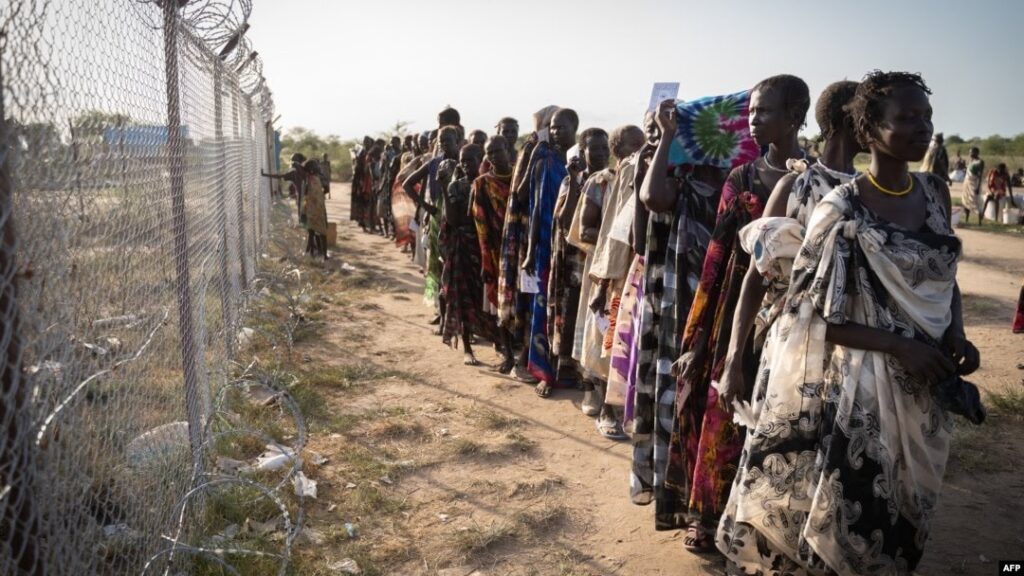

Despite the efforts of these organisations, the magnitude of humanitarian aid is meager and insufficient. Only 3% of the total $6 billion UN 2022 humanitarian appeal for the countries of South Sudan, Somalia and Ethiopia have been approved to date.
Humanitarian funding is getting low. The World Food Program in October 2021 suspended food assistance for 100,000 displaced people in South Sudan due to a lack of budget. The United Kingdom also cut humanitarian aid to South Sudan for its austerity measures.
While the world community is focusing on the Russian-Ukraine crisis, there is a real danger of deaths and destruction can become a reality if the attention is not being given to the dire hunger situation in the nations of East Africa.
Also Read: Human Rights on the Brink of Tragedy Due to a Severe Drought in the Horn of Africa
It is important to keep focused on the peace process to make the environment secure in South Sudan so as to achieve effective implementation of humanitarian efforts.
No doubt, a collective responsibility from the world community is the need of the hour.
You may like
Children
244 Million Out of School Children (Where’s Their Right to Education?)
Published
1 year agoon
April 12, 2023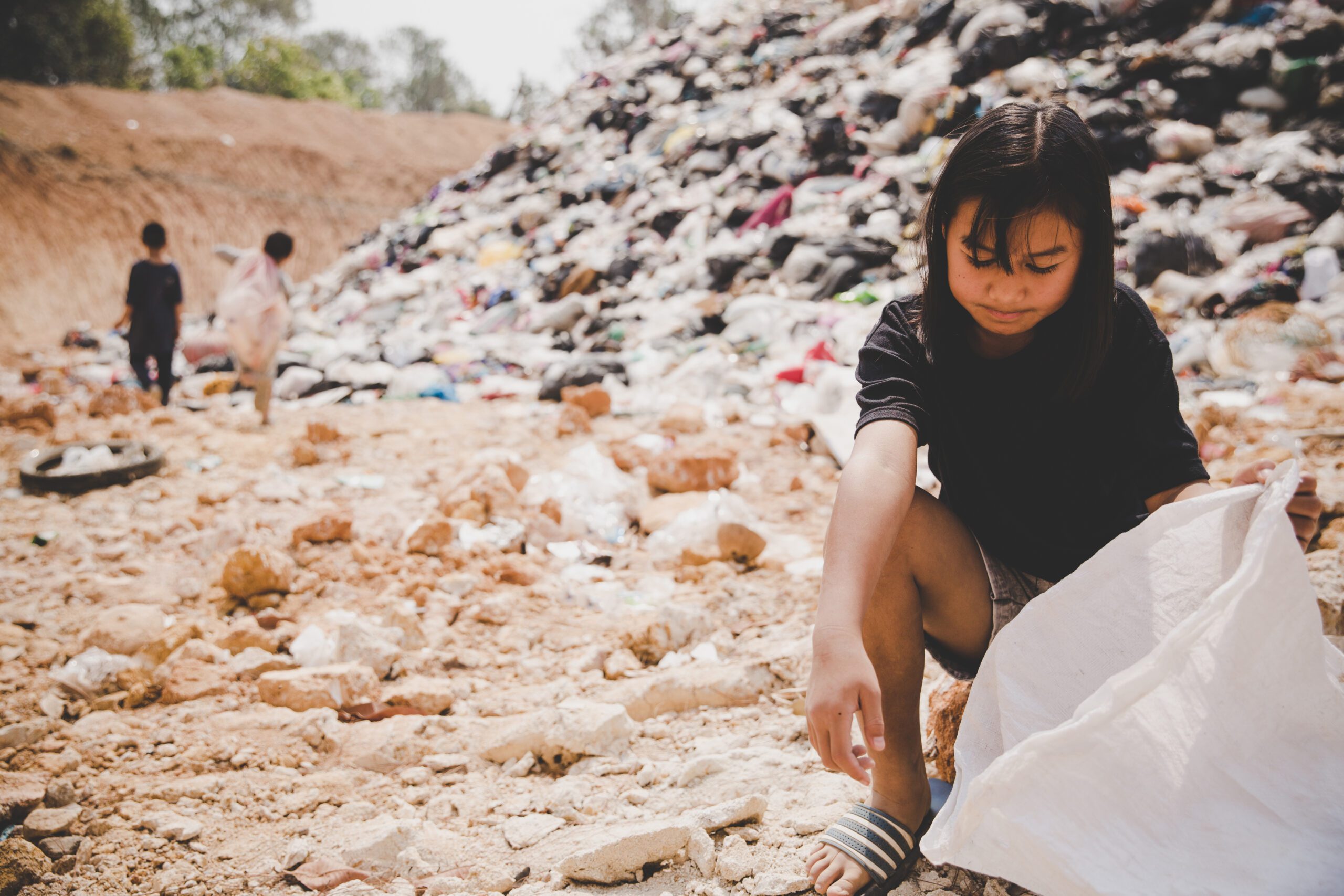

Education is the most basic right of every child. But for a staggering 224 million out of school children, education is a luxury they can’t afford.
That’s why, through this article, we are debunking the false mirage of all the “development in educational” and shedding light on:
- The current status of such millions of out-of-school children
- Major driving forces behind the education crisis globally
- Potential solutions
244 Million Out of School Children Globally
In 2022, a UNSECO report displayed that over 244 million children and youth between 6 and 18 won’t start a new school year, with the most out-of-school children in the Sub-Saharn region (98 million).
Research has shown that children are the first to bear the brunt in today’s war-torn world and calamities heightened by skyrocketing inflation and extreme climate events.
Though the numbers have come down after the sharp COVID-19 (290 million), the current wars, inflation, and climate change have left aid organizations responsible for financing universal education without sufficient funds.
Throughout the globe, there are various factors causing children to drop out of school, with some countries being hit harder than others. Nigeria, Yemen, and Afghanistan, in particular, are grappling with a staggering increase in the number of out-of-school children, largely due to the following underlying reasons.
High Inflation – Low Economic Safety
For parents unsure, if they’ll have a next meal, sending children to school is the last thing on their minds. For example, over 80 million people in Nigeria live below the poverty line. This has led the country to one of the worst national education crises.
“I miss my teacher, friends, and all my schoolmates.”
10-years old Treasure, Nigeria (source: Frace 24 English)
Security threats, extreme poverty, and lack of public schools contribute to Nigeria’s education catastrophe. Like Treasure, 20 million Nigerian children are out of school, making them highly vulnerable to child labor, abuse, and underage marriages.
8-Year Long Civil War
In Yemen, out-of-school children are at increased risk of exploitation – being forced into civil war (child soldiers), early marriages, and child labor.
Mansour, a 16-years old boy, broke his spine in an accident at work in 2019 and has been unable to walk since. Once, Mansour went to school, studied, and regularly met his friends. Now, he is completely dependent on his mother for everything.
And Mansour is not alone.
Yemen’s war has forced 2 million children out of school, wrecking their future. Moreover, 3.7 million Yemen students consistently miss school due to the withholding of teachers’ salaries (almost 2-3rd of Yemen’s teachers have not received their salary in seven years).
Taliban Takeover
Since Taliba’s takeover in 2021, Afghan women over the age of 12 have been banned from school. With the new academic year starting in March, hundreds of thousands of teenage girls remain barred from classes.
Today, 80% of Afghan girls and young women (2.5 million) are banned from school. Out of which 30% have never even gained a primary education.
Despite repeated claims of reopening schools and universities for women, the Taliban (the de facto government) has failed to follow through. The group made similar claims during its previous rule from 1996 to 2001, but the girls were banned throughout the five-year rule.
“(the ban)takes away their ability to participate in their community in a way where they can ultimately have jobs, become doctors or teachers.”
Catherine Russell, Unicef (Source: al Jazeera)
While the international community has made the right to women’s education the critical condition for aid negotiation, the Taliban is only giving empty promises in return.
Can Out of the School Children Crisis be Solved?
The out-of-school children problem is multifaceted and diverse. Almost every country’s fraction of students don’t go to school, but the numbers are significantly high in war-torn and under-developed countries. Even for students who are going to school, the quality of education and learning opportunities in such countries is vastly different.
According to a recent study by the world bank, these children are at the Irish of losing $17 trillion in lifetime earnings. And unless actions are taken, learning losses will continue to endanger the future of these children, nations, and the world.
Experts advise that providing school meals to students will encourage poverty-ridden families to send their children to school for food. But this will need funding from international governments and organizations.
Education- A Fundamental Right
The world has come a long way in making education a fundamental right. From only 1 out of every ten literate individuals two centuries ago to today’s 9 in 10 adults with essential reading and writing skills – we’ve made progress.
But, to tackle the current and looming world problems in the 21st century and beyond, we’ll need a strong team of educated people. It’s hard to imagine that even today, millions of children are growing up without the opportunity for education that we had. But the reality remains the same.
So, yes, we’ve come a long way, but a lot of work is still left to make education a fundamental right for every child globally.
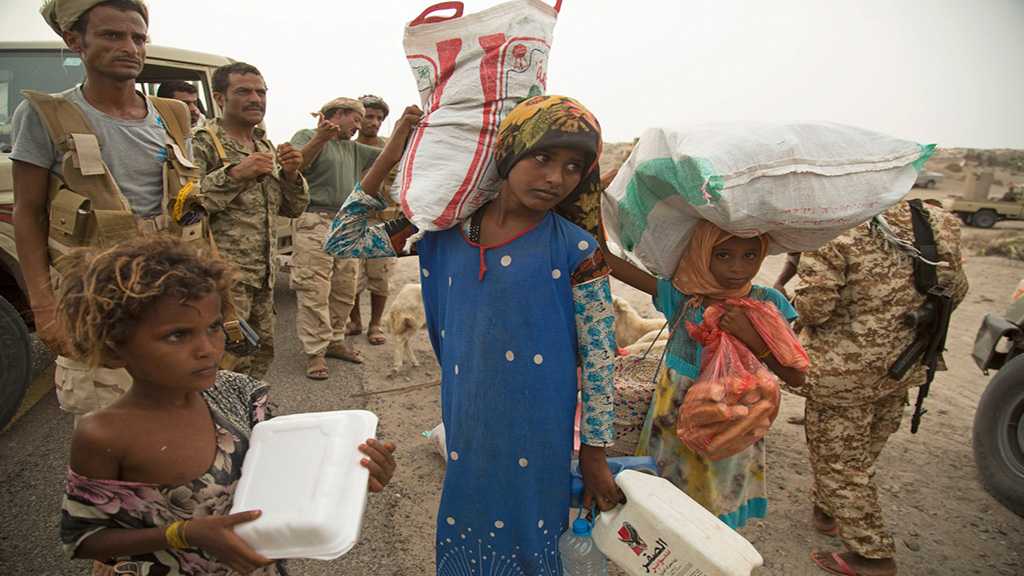

Yemen has been experiencing an armed conflict and humanitarian crisis since 2015, with seven brutal years of pain, fear, bloodshed and death. This article provides an update on the humanitarian crisis in Yemen as of February 2023.
Background to Yemen’s Humanitarian Catastrophe
Yemen’s civil war began in 2014 when Houthi insurgents—Shiite rebels with links to Iran and a history of rising against the Sunni government—took control of Yemen’s capital and largest city, Sana’a, demanding lower fuel prices and a new government.
Two-thirds of the Yemini Population is in Need of Humanitarian Assistance
As of February 2023, two-thirds of the Yemeni population requires humanitarian assistance. The “Houthis” forces backed by Iran, the Saudi/UAE-led coalition, the internationally recognized Yemeni government, and UAE-backed forces, including the Southern Transitional Council (STC), have failed to spare Yemeni civilians grave human rights violations.
There has been a flagrant disregard for international humanitarian and human rights law protections. Thus, the war has resulted in continuous incidents of abuse that have killed and injured thousands of civilians.
Nearly six million Yemenis are displaced from their homes since the beginning of the war, including 4.3 million internally displaced inside Yemen.
So far, there are no signs of the war stopping soon.
Parties to the War Responsible For Grave Human Rights Violations
Parties to the conflict in Yemen continue to commit grave human rights violations. According to a recent report by Human Rights Watch, the clashes between forces have led to continuous unlawful and indiscriminate airstrikes against civilians.
Houthi forces have used banned antipersonnel landmines and fired artillery indiscriminately into populated areas. Moreover, Houthi forces have launched indiscriminate ballistic missiles into Saudi Arabia.
Read more: Children’s Rights in Yemen Are Teetering on the Edge of A Catastrophe.
Failed Truce in April 2022
An UN-mediated truce entered force on April 2nd 2022. The truce lasted six months, ending on October 2nd 2022. However, human rights violations continued, and the truce failed as parties broke the agreement with continued fighting and hostilities.
All parties to the conflict failed to protect innocent civilians’ lives. The truce in Yemen ended as both sides rejected a proposal presented by UN Special Envoy for Yemen to extend and expand the agreement.
However, on a brighter note, the truce brought noticeable tangible benefits to the Yemeni population. For example, access to humanitarian aid improved, and widespread economic opportunities became more readily available. Furthermore, there was a considerable decrease in violence and casualties across Yemen. A report by ACLED revealed the lowest number of reported political violence-related deaths in Yemen since January 2015.
These noticeable and valuable improvements should not ignore that political violence continued in Yemen despite the truce. Worringly, 200 people died every month during the truce due to political violence.
20 Million Yeminis’ Face Food Insecurity
The humanitarian crisis hit a dangerously dire point in 2022 due to constant obstruction of aid from reaching civilians. Houthi forces and the Yemeni government continue unnecessarily imposing restrictions and regulations on humanitarian organizations and aid projects.
Moreover, enforced disappearances are a massive problem in Yemen, with little accountability or investigations. In addition, the economy’s collapse, the Covid-19 pandemic and Russia’s invasion of Ukraine have led to Yemen being one of the world’s most unsettling humanitarian disasters.
More than 20 million Yemenis are facing food insecurity and have little to no access to health care services. The war has resulted in deliberate unlawful attacks against civilian homes, hospitals, schools, and bridges. For years, these war crimes have continued with impunity.
Read more: Yemen: War crimes hidden behind rampant violations.
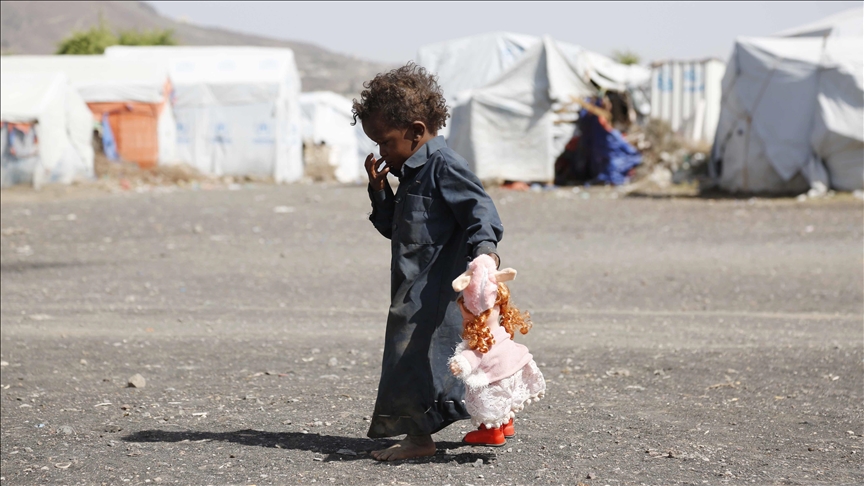

FSO Safer Threatened a Humanitarian and Environmental Catastrophe
The FSO Safer is a “ticking time bomb”, holding an estimated 1.14 million barrels of light crude oil. Since 2015, the Safer has been stranded off the coast of Yemen.
Yemen’s national oil company owns the FSO. Due to the Yemen war, all production and export operations related to FSO are suspended. However, millions of barrels of crude oil remain onboard.
The ongoing crisis in Yemen has made the Safer too dangerous to move. According to the UN, the Safer could explode or rupture anytime, threatening an environmental and humanitarian catastrophe. This dire situation could quickly become one of the worst oil spills in history, devastating Yemen and the environment. Luckily, a two-stage UN-coordinated plan to prevent the Safer from exploding or breaking apart was initiated in March 2022.
In September 2022, the UN stated it had raised sufficient funds to initiate a four-month-long operation to transfer oil from the Safer to a secure vessel. Following this first step, a second stage will involve installing a replacement vessel within 18 months. The rescue mission is estimated to cost up to $115 million for both stages.
However, despite these initiated plans, recent efforts to rescue the Safer have been unsuccessful due to the region’s ongoing conflict.
Yemini Women’s and Girl’s Rights Under Threat
The Houthi rebels continue discriminating against girls and women and restricting their freedom and rights. There have been significant systematic violations of women’s and girls’ rights. The de facto law in Houthi-controlled areas requires women to travel with a mahram (a close male relative or their husband). In addition, evidence of written permission from their male guardian will also suffice.
Women’s access to healthcare services, particularly reproductive healthcare, have severely limited since the war began. Furthermore, women’s dress code, access to education and freedom of expression is severely controlled and limited by men.
Concluding Thoughts
The eight-year war in Yemen has caused immense suffering, and a recent UNDP report estimated that the number of those killed due to Yemen’s war could reach 1.3 million by 2030. Furthermore, the death toll from Yemen’s war is estimated to reach 377,000 by the end of 2021. To put matters into perspective, an estimated 70% of those killed will be children under the age of five years.
The evidence discussed in this article reveals alarming discoveries which must be addressed immediately. Mainly associated with girls’ and women’s rights, environmental threats, food insecurities and an increased number of civilians needing humanitarian assistance. Furthermore, an increasingly worsening economy, decimated public infrastructure, and a year-on-year decline in humanitarian funding have put Yemenis’ lives under direct threat.
The situation in Yemen is a complex protection crisis at its very core. Many Yemenis struggle to live in safety and dignity and enjoy basic fundamental rights or access to essential services.
This worrying reality must be addressed and changed in 2023 with more focused attention on protecting and upholding human rights for everyone.
Children
The Repatriation of ISIS Children Detained in Camps in Northeast Syria 2022
Published
2 years agoon
December 16, 2022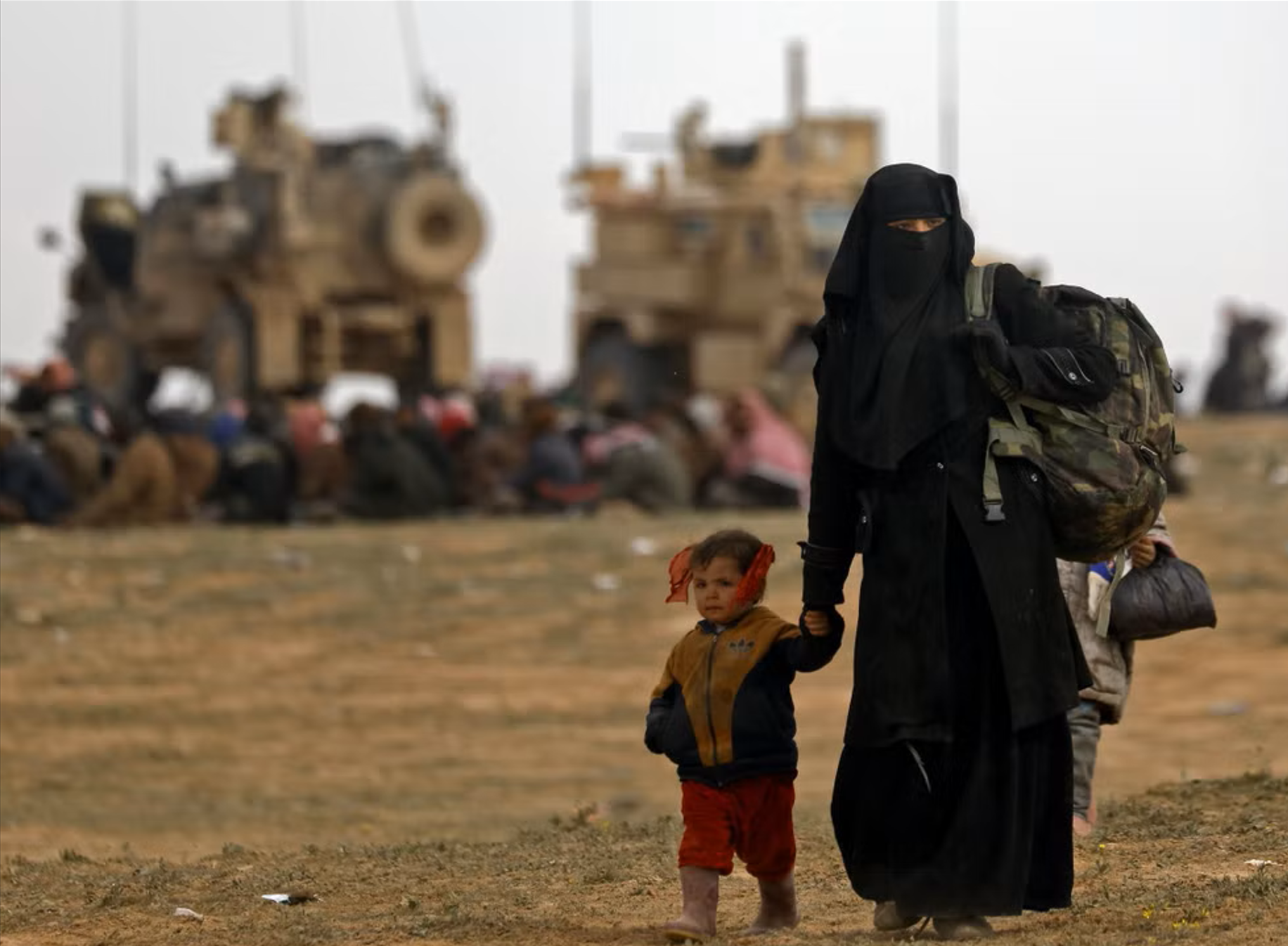

ISIS Detainees Denied Basic Human Rights
For the past four years, thousands of prisoners, primarily women and children, from the Islamic State (ISIS), have been arbitrarily detained in camps in northeast Syria. Approximatley, 42,200 people are currently detained in the camps despite the recently increased repatriation of women and children. Recent Turkish air and artillery strikes have exacerbated the dangerous circumstances in the camps. These Turkish strikes cut off electricity and stopped the water supply. They severely impacted fuel and food deliveries and detainees’ access to medical services in the Al-Hol and Roj camps.
In 2022, many children in the camps drowned in sewage pits, died in tent fires, and several were run over by water trucks. Furthermore, hundreds died from preventable illnesses due to very limited access to healthcare. Prisoners have no legal basis or the possibility of reviewing the legality of their arbitrary detention. This severely undermines international human rights protections. The prisoner’s humanitarian situation is continuously deteriorating. They are subject to inhumane and degrading conditions with limited access to basic necessities and fundamental rights.
Background to ISIS Camps
Al-Hol and Roj are two camps in northeast Syria primarily holding the wives and children of male ISIS suspects. Among the prisoners, approximately 18,000 are from Syria, 28,000 are from neighbouring Iraq, and more than 10,000 are from 60 other countries. Shockingly, the prisoners consist of 60% children. Of these children, nearly 80% are under age 12, and 30% are age five or younger.
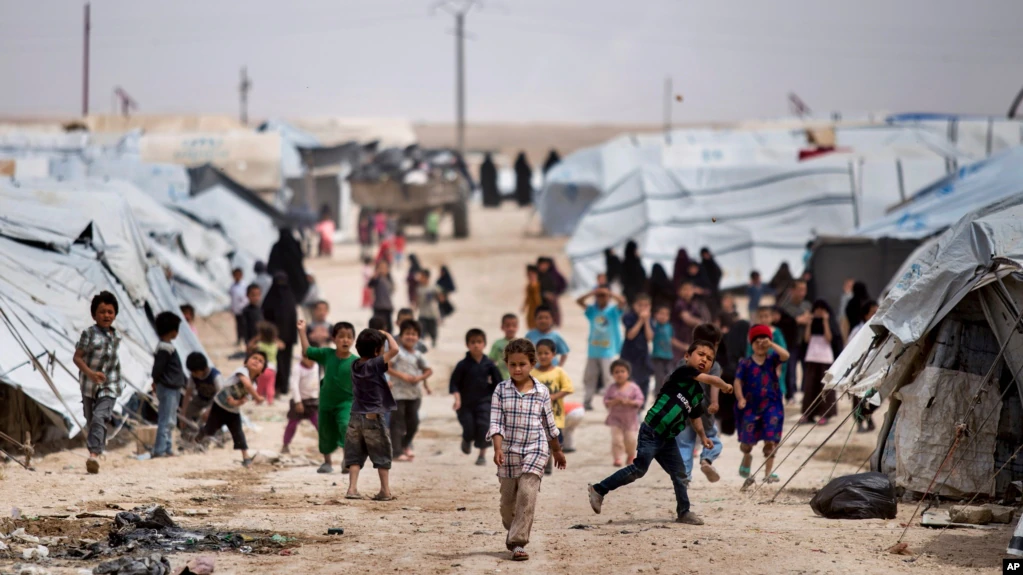

Read also: Syria: A Growing Humanitarian Crisis Amid the Russia-Ukraine Conflict.
The conditions in the camps have created a children’s rights catastrophe. The camp conditions are deplorable, as continued violence resulted in the death of nearly 100 people in 2021.
The Political and Legal Hot Potato of Repatriation
The repatriation of women and children from camps in northeast Syria has been a very controversial and complex legal issue for countries for many years. The Committee on the Rights of the Child and numerous UN Special Rapporteurs have continuously demanded that states repatriate their nationals trapped in these camps.
Unfortunately, many countries contest these demands and make inconsistent responses to the ongoing human rights violations. However, several European countries recently began to increase the repatriation of women and children from the camps. For example, Germany and Denmark repatriated 37 children and 11 women. The Netherlands repatriated five women and 11 children. Belgium repatriated 16 children and six women. Sweden repatriated 20 children and ten women. More recently, France repatriated 35 children and 16 women.
Moreover, the table below illustrates the number of children, women and men that were repatriated by country.
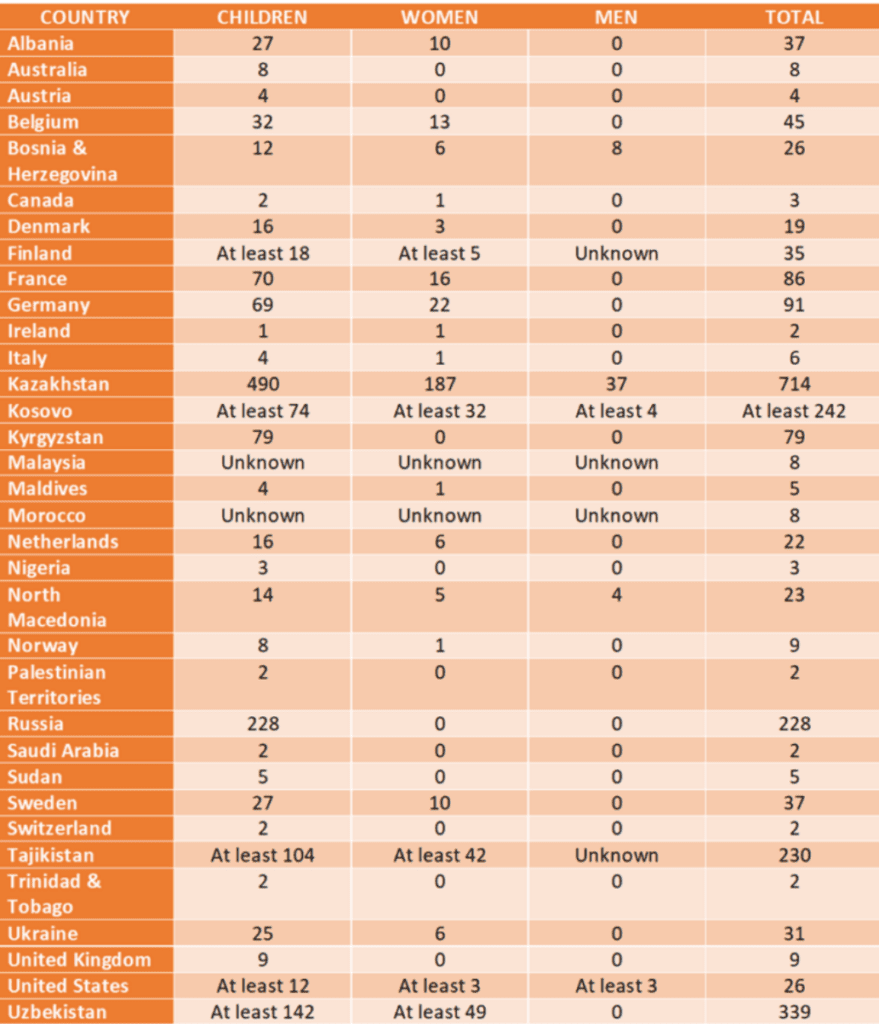

Landmark Jurisprudence: HF and others v France
On September 14th 2022, the Grand Chamber of the European Court of Human Rights (ECtHR) issued a consequential judgment in HF and others v France. In this case, two grandparents initiated proceedings at the ECtHR. The case was filed against France for their unwillingness to repatriate their grandchildren and daughter from ISIS camps in Syria.
On the one hand, the judgement laid down substantial implications and guidelines for France and other countries in similar situations. European states must now follow concrete and defined obligations flowing from this decision. Consequently, the judgement can speed up repatriation processes and force a potential political reckoning.
On the other hand, the judgement is rather disappointing. It does not order the repatriation of these individuals back to France. Moreover, it does not imply that France has the jurisdiction to protect the rights of its nationals under these circumstances.
From an international legal perspective, the ECtHR does recognize some positive obligations in the extraterritorial context in this judgment. These positive obligations stem from issues concerning the age, health, and safety of the children.
ECtHR and CRC Committee Deliver Differing Approaches in HF and others v France
Notably, the ECtHR ruling diverted from the approach used by the Committee on the Rights of the Child (CRC Committee). The CRC Committee went much further in recognizing the states’ jurisdiction in this case. The Committee found in 2020 that France exercised jurisdiction over the children detained in Syria camps.
“the state of the children’s nationality has the capability and the power to protect the rights of the children in question by taking action to repatriate them or provide other consular responses.”
cOMMITTEE ON THE RIGHTS OF THE CHILD, HF and others v France (2020).
Furthermore, on a positive note, the ECtHR’s judgement addresses misconceptions about the barriers to repatriation due to national security implications. The decisions clarified that EU states have access to the Syrian camps and have previously successfully repatriated nationals without serious consequences.
The court’s decision strongly indicates that states do not have a convincing legal argument for denying repatriation requests. This explicitly applies to vulnerable children who have had their fundamental rights violated for over four years.
Repatriated Children Integrating Well in New Countries
According to a November 2022 report released by Human Rights Watch, many of the children repatriated are successfully integrating. The report illustrates the experiences of approximately 100 repatriated children between 2019 and 2022. These countries included France, Germany, Kazakhstan, the Netherlands, Sweden, the UK, and Uzbekistan.
These children have been subjected to many years of life-threatening conditions. They had limited access to basic necessities such as food and water. They have witnessed and experienced unimaginable violence, abuse and neglect. Despite this, many of the repatriated children are doing well in school, making new friends and integrating smoothly.
Moving Forward & Recommendations
States can dramatically improve reintegration by quickly providing repatriated prisoners with birth certificates, identity cards, and other documents. The Autonomous Administration controls the Syrian ISIS camps and repeatedly urges states to repatriate their nationals. Additionally, they have requested an increase in aid to improve the prisoner’s disgraceful living conditions.
Although it is highly controversial, states must fulfil international human rights obligations. As highlighted in HF and others v France, states are responsible for protecting their citizens when they face serious harm. Children’s inhumane conditions in these camps call for governments to help end their nationals’ unlawful detention urgently.
In conclusion, the arbitrary detention of these prisoners amounts to collective punishment, which is considered a war crime under international law. According to the Convention on the Rights of the Child, children should only be detained as an “exceptional measure of last resort”. States must take responsibility by bringing detainees home, prioritizing the most vulnerable and providing rehabilitation and reintegration services.
.
Trending
-



 Featured9 months ago
Featured9 months agoWorld passively watching as Israel perpetrates open-ended massacre in Gaza
-



 Featured10 months ago
Featured10 months agoIsrael is Hiding Crucial Demographic Facts About Palestinians
-



 Featured2 years ago
Featured2 years agoArgentina wins the World Cup; are there any other winners?
-



 Featured4 years ago
Featured4 years ago“Do Not Waste Water Even If You Were at a Running Stream” Prophet Muhammad
-



 Featured3 years ago
Featured3 years agoHistory of the Ottoman Empire
-



 Featured10 months ago
Featured10 months agoMuhammed: The Greatest Man to walk on Earth
-



 Featured2 years ago
Featured2 years agoChristian militia infiltrate Lebanon
-



 Featured4 years ago
Featured4 years agoFriendship is a Way For Jannah
